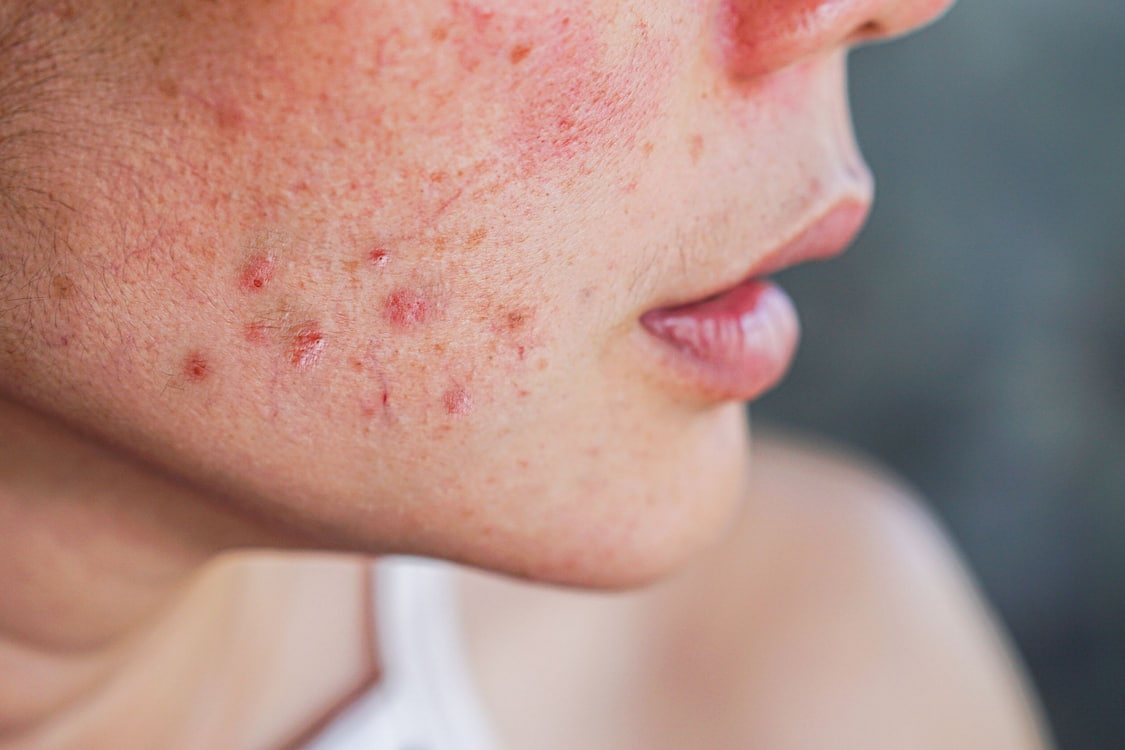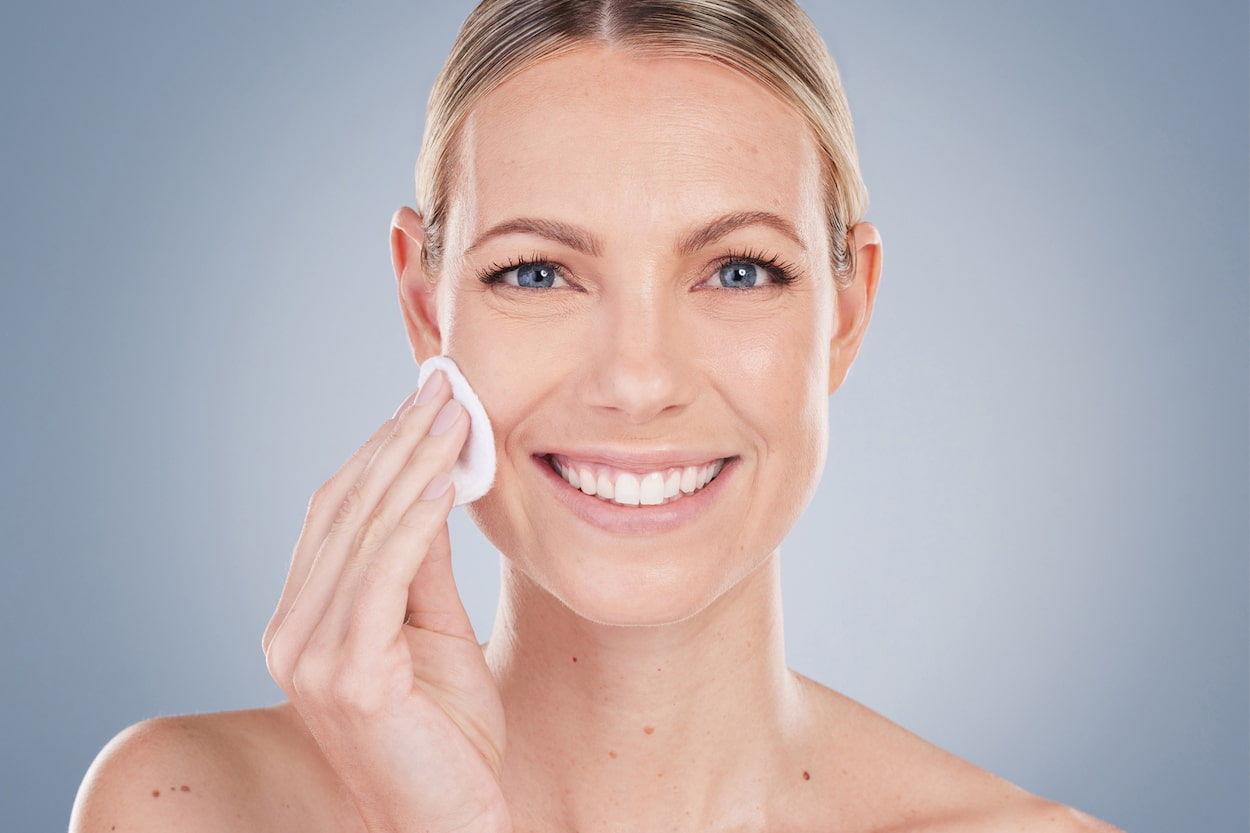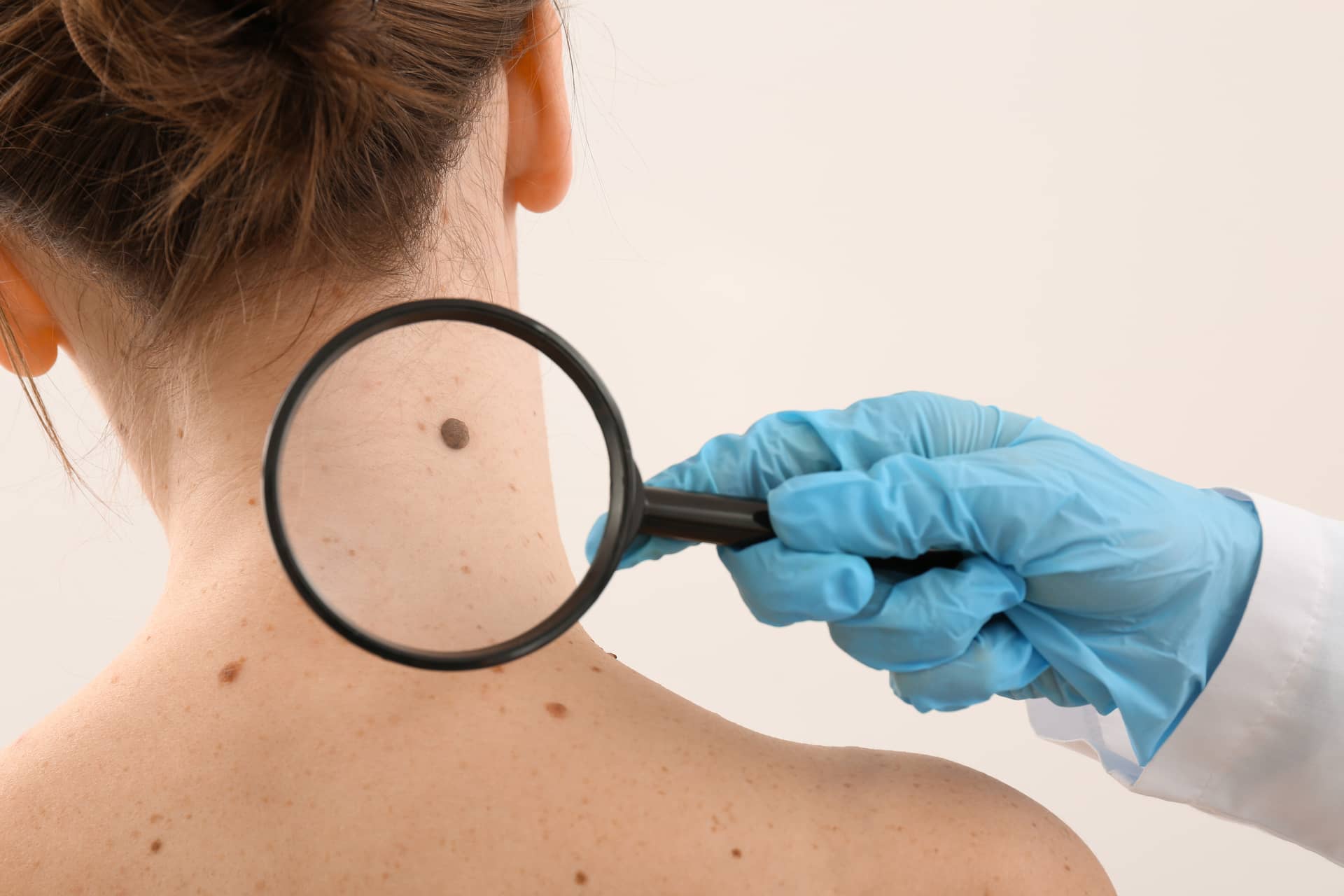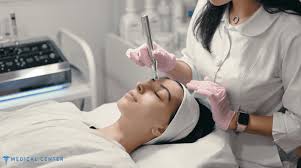
What Causes Red Spots on Skin?
Red spots on the skin can be a result of many different conditions. They can appear anywhere on the body, including the face, arms, legs, chest, and back. While some red spots are harmless and will go away on their own, others can be a sign of a more serious medical condition. In this article, we will explore some of the most common causes of red spots on the skin and how to treat them.
Heat Rash (Miliaria)
Heat rash, also known as miliaria, is a common condition that occurs when sweat gets trapped under the skin. It is most common in infants, but can also affect adults who live in hot, humid climates. Heat rash appears as tiny, red dots on the skin that can be itchy and uncomfortable. To treat heat rash, it is important to stay cool and dry. Wear loose-fitting clothing made from lightweight fabrics, such as cotton, and avoid activities that cause sweating. Over-the-counter creams containing calamine or hydrocortisone can also help relieve itching and discomfort.
Cherry Angiomas
Cherry angiomas are small, red spots that appear on the skin. They are most common in people over the age of 30 and are usually harmless. Cherry angiomas occur when blood vessels in the skin grow abnormally. They can vary in size from a pinhead to a pea and may be raised or flat. While cherry angiomas do not require treatment, they can be removed for cosmetic reasons. Treatment options include freezing, electrocautery, or laser therapy.
Contact Dermatitis
Contact dermatitis is a condition that occurs when the skin comes into contact with an irritating substance, such as poison ivy, cosmetics, or jewelry. It appears as red, itchy, and sometimes painful bumps on the skin. To treat contact dermatitis, it is important to identify and avoid the irritant. Over-the-counter creams containing hydrocortisone or antihistamines can also help relieve itching and inflammation.
Ringworm (Tinea Corporis)
Ringworm, also known as tinea corporis, is a fungal infection that can cause red, circular patches on the skin. It is most common in children but can affect people of all ages. Ringworm is highly contagious and can be spread through skin-to-skin contact or by sharing personal items, such as towels or clothing. Treatment for ringworm usually involves over-the-counter antifungal creams or prescription medications.
Atopic Dermatitis (Eczema)
Atopic dermatitis, also known as eczema, is a chronic condition that causes dry, itchy skin. It often appears as red patches on the skin that can be painful and inflamed. Eczema can be triggered by a variety of factors, including stress, certain foods, and exposure to irritants. Treatment for eczema usually involves topical creams or ointments containing steroids or other anti-inflammatory ingredients.
Drug Rash
A drug rash is a type of allergic reaction that occurs as a result of taking medication. It can appear as red spots or hives on the skin and can be accompanied by other symptoms, such as fever, swelling, and difficulty breathing. Treatment for a drug rash usually involves stopping the medication and taking antihistamines or other medications to relieve symptoms.
Pityriasis Rosea
Pityriasis rosea is a common skin condition that usually affects young adults. It appears as a red, scaly rash that spreads across the body. The exact cause of pityriasis rosea is unknown, but it is believed to be caused by a virus. Treatment for pityriasis rosea usually involves over-the-counter creams or lotions containing anti-inflammatory ingredients.
Blood Spots (Purpura)
Purpura is a condition that causes red or purple spots on the skin. These spots are caused by bleeding under the skin and can vary in size from small dots to larger patches. Purpura can be caused by a variety of factors, including medication, infections, and underlying medical conditions. Treatment for purpura depends on the underlying cause and may involve medication, lifestyle changes, or medical procedures.
Swimmer's Itch (Cercarial Dermatitis)
Swimmer's itch, also known as cercarial dermatitis, is a condition that occurs when parasites in the water burrow into the skin. It appears as small red dots on the skin that can be itchy and uncomfortable. Swimmer's itch is more common in freshwater lakes and ponds and can be prevented by avoiding swimming in areas where the parasites are present. Treatment for swimmer's itch usually involves over-the-counter creams or antihistamines to relieve itching and inflammation.
Psoriasis
Psoriasis is a chronic skin condition that causes red, scaly patches on the skin. It is caused by an overactive immune system and can be triggered by a variety of factors, including stress, infections, and certain medications. Treatment for psoriasis usually involves topical creams or ointments containing steroids or other anti-inflammatory ingredients. In severe cases, medication or light therapy may be necessary.
Lichen Planus
Lichen planus is a condition that causes red or purple bumps on the skin. It is caused by an overactive immune system and can be triggered by a variety of factors, including stress and certain medications. Lichen planus can be itchy and uncomfortable and can affect any part of the body, including the mouth and genitals. Treatment for lichen planus usually involves topical creams or ointments containing steroids or other anti-inflammatory ingredients.
Petechiae
Petechiae are small, red spots on the skin that are caused by bleeding under the skin. They are most commonly caused by injury or trauma, but can also be a sign of an underlying medical condition. Petechiae can appear anywhere on the body and may be accompanied by other symptoms, such as fever or fatigue. Treatment for petechiae depends on the underlying cause and may involve medication or medical procedures.
Pimples (Acne Vulgaris)
Acne vulgaris, also known as pimples, is a common skin condition that occurs when hair follicles become clogged with oil and dead skin cells. It appears as red, raised bumps on the skin and can be accompanied by blackheads, whiteheads, and cysts. Acne is most common in teenagers but can affect people of all ages. Treatment for acne usually involves topical creams or oral medications containing anti-inflammatory or antibacterial ingredients.

How To Remove Red Spots on Skin?
Red spots on the skin can be unsightly and make you self-conscious, but there are ways to remove them. The treatment for red spots on the skin depends on the underlying cause, but there are some general tips that can help.
Firstly, it is important to keep the affected area clean and dry. This will help prevent the spread of any infection and reduce irritation. Avoid using harsh soaps or scrubs, as these can further irritate the skin and make the red spots worse.
There are also over-the-counter creams and lotions that can help reduce red spots on the skin. Look for products that contain anti-inflammatory or antibacterial ingredients, such as benzoyl peroxide or salicylic acid. These products can help reduce inflammation and kill any bacteria that may be causing the red spots.
If you have small red dots on your skin or red spots on your face, it may be helpful to use a spot treatment. These products are designed to target specific areas of the skin and can be applied directly to the affected area. Look for products that contain ingredients like tea tree oil, which has natural antibacterial properties.
If you have red marks on your skin that are not going away, it may be helpful to see a dermatologist. They can help determine the underlying cause of the red marks and recommend appropriate treatment. This may include prescription creams or medications, as well as medical procedures like laser therapy or chemical peels.
Remove Red Spots with Healthy Türkiye
In conclusion, red spots on the skin can be caused by a variety of factors, ranging from harmless conditions like heat rash and cherry angiomas to more serious conditions like psoriasis and atopic dermatitis. It is important to identify the underlying cause of the red spots in order to determine the most effective treatment approach.
Treatment options for red spots on the skin may include over-the-counter creams and lotions, prescription medications, or medical procedures like laser therapy or chemical peels. In addition, there are many preventative measures that can be taken to reduce the risk of developing red spots on the skin, such as practicing good hygiene, avoiding irritants, and protecting the skin from the sun.
If you are experiencing red spots on your skin, you can consult with Healthy Türkiye’s dermatologists or healthcare team to determine the underlying cause and develop an appropriate treatment plan. With the right approach, most cases of red spots on the skin can be effectively treated and managed, allowing you to achieve clear, healthy skin and boost your confidence.



